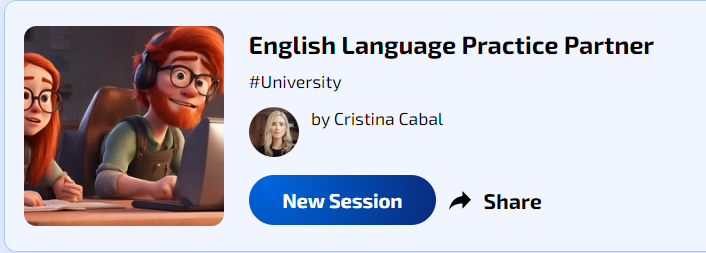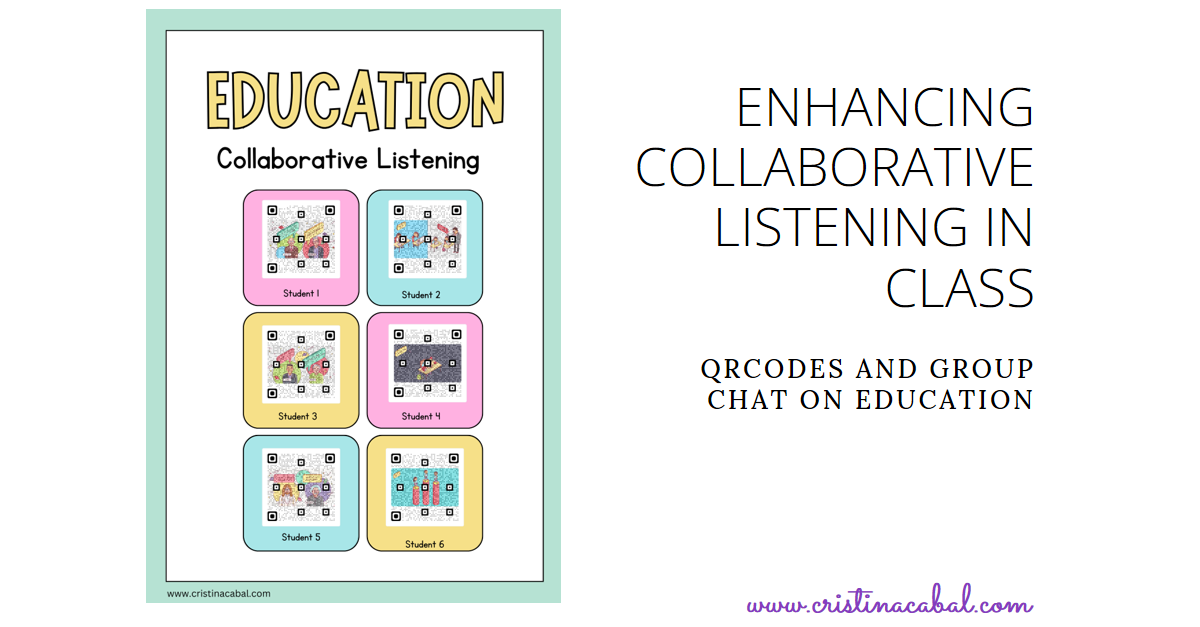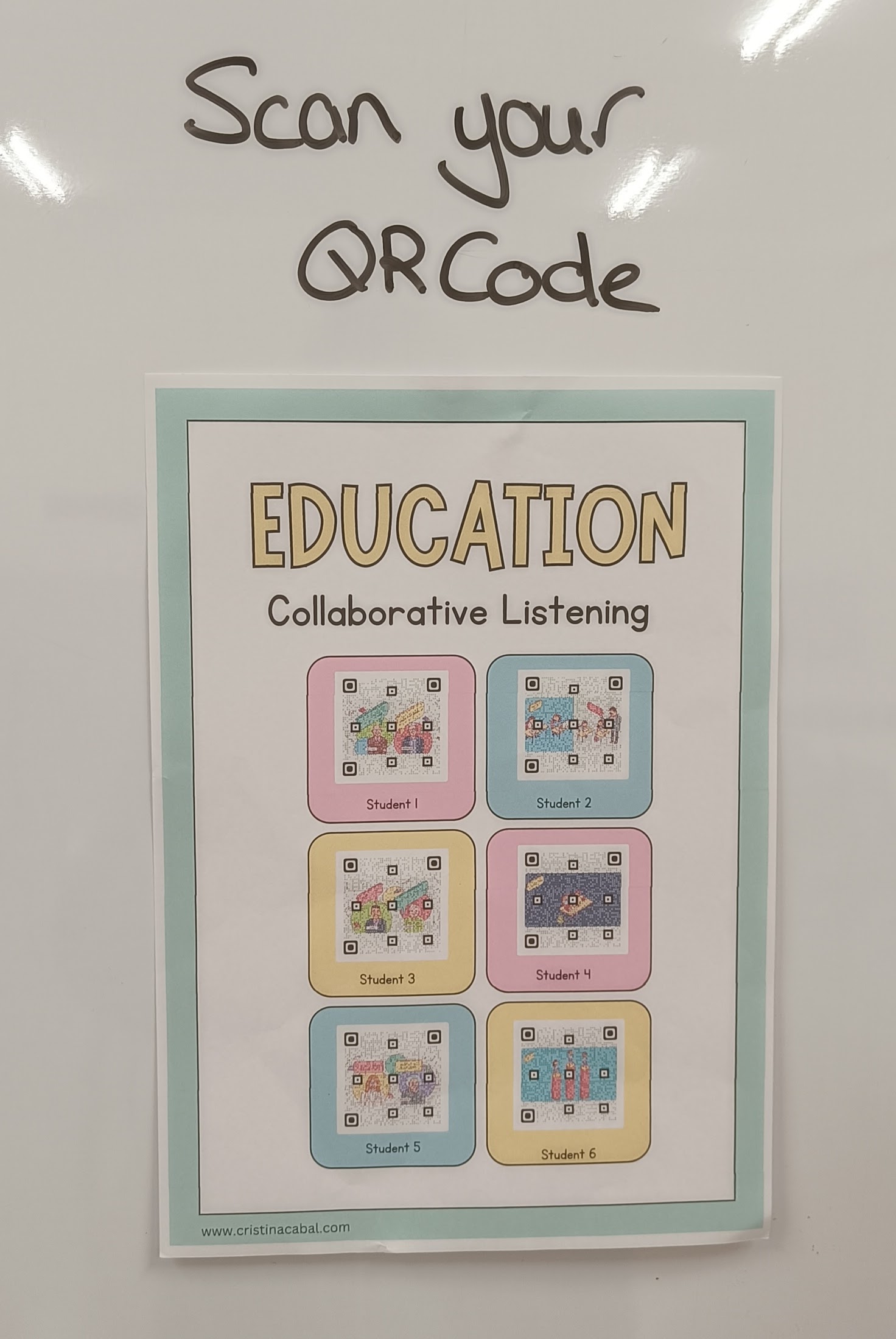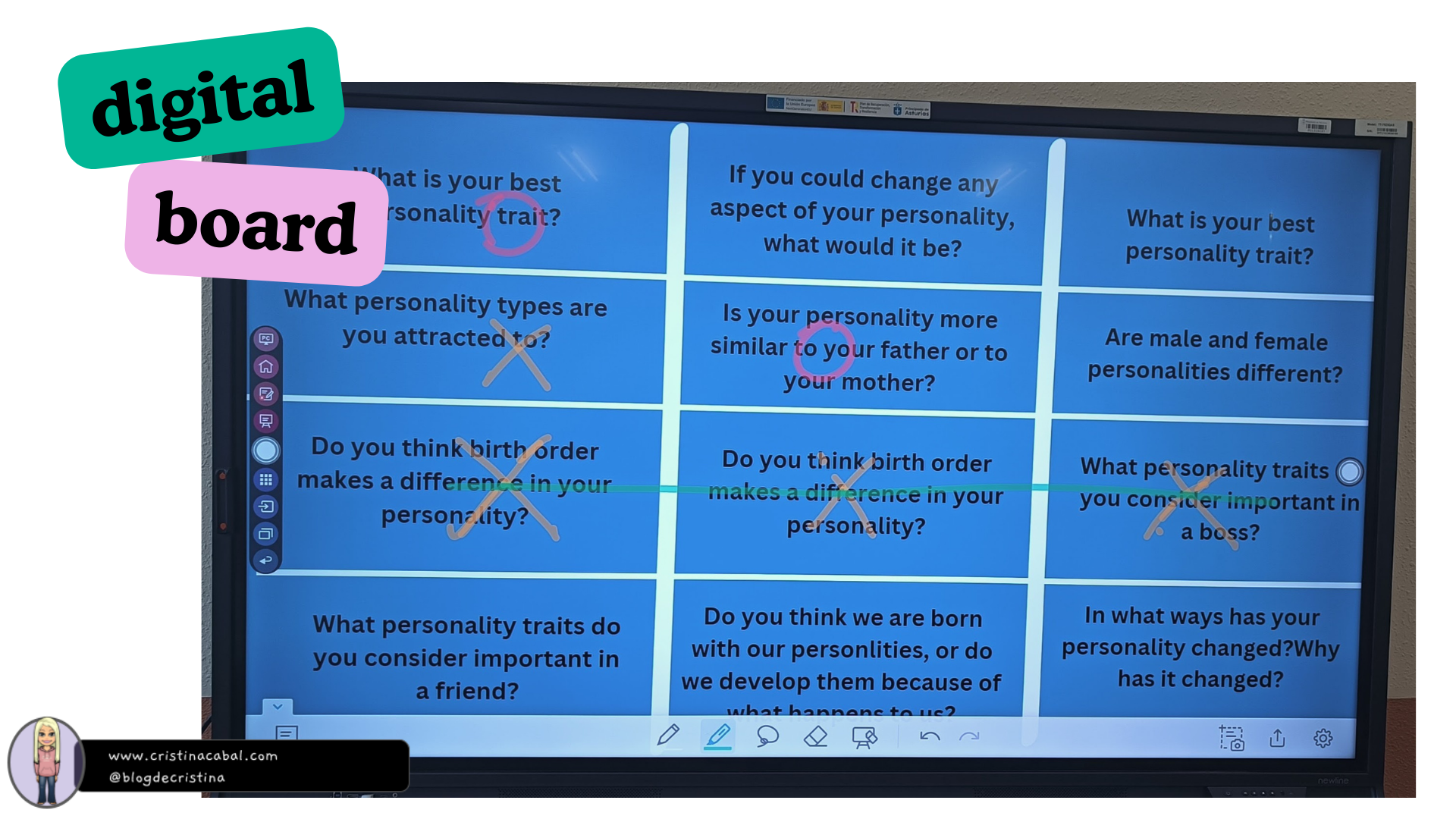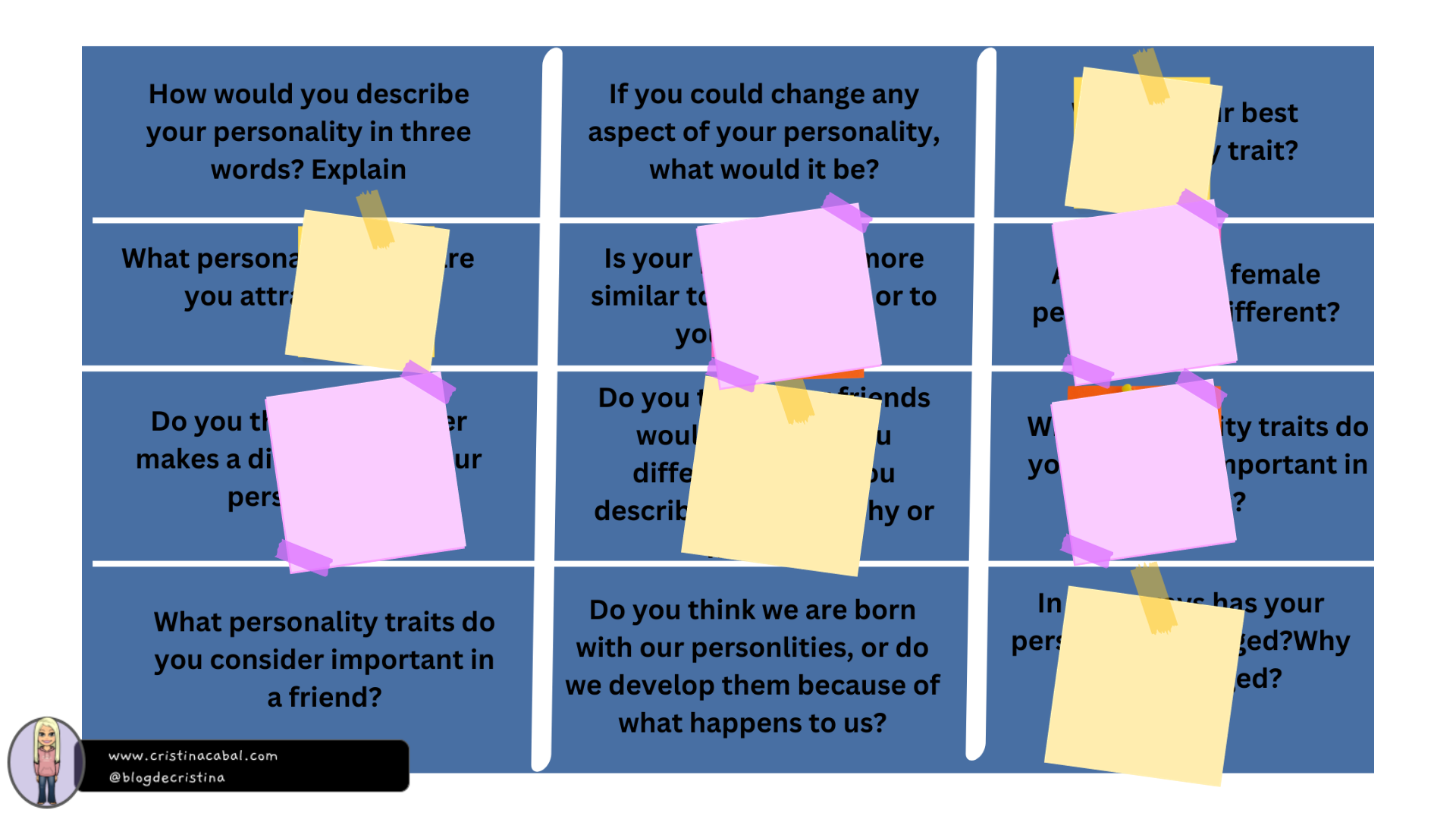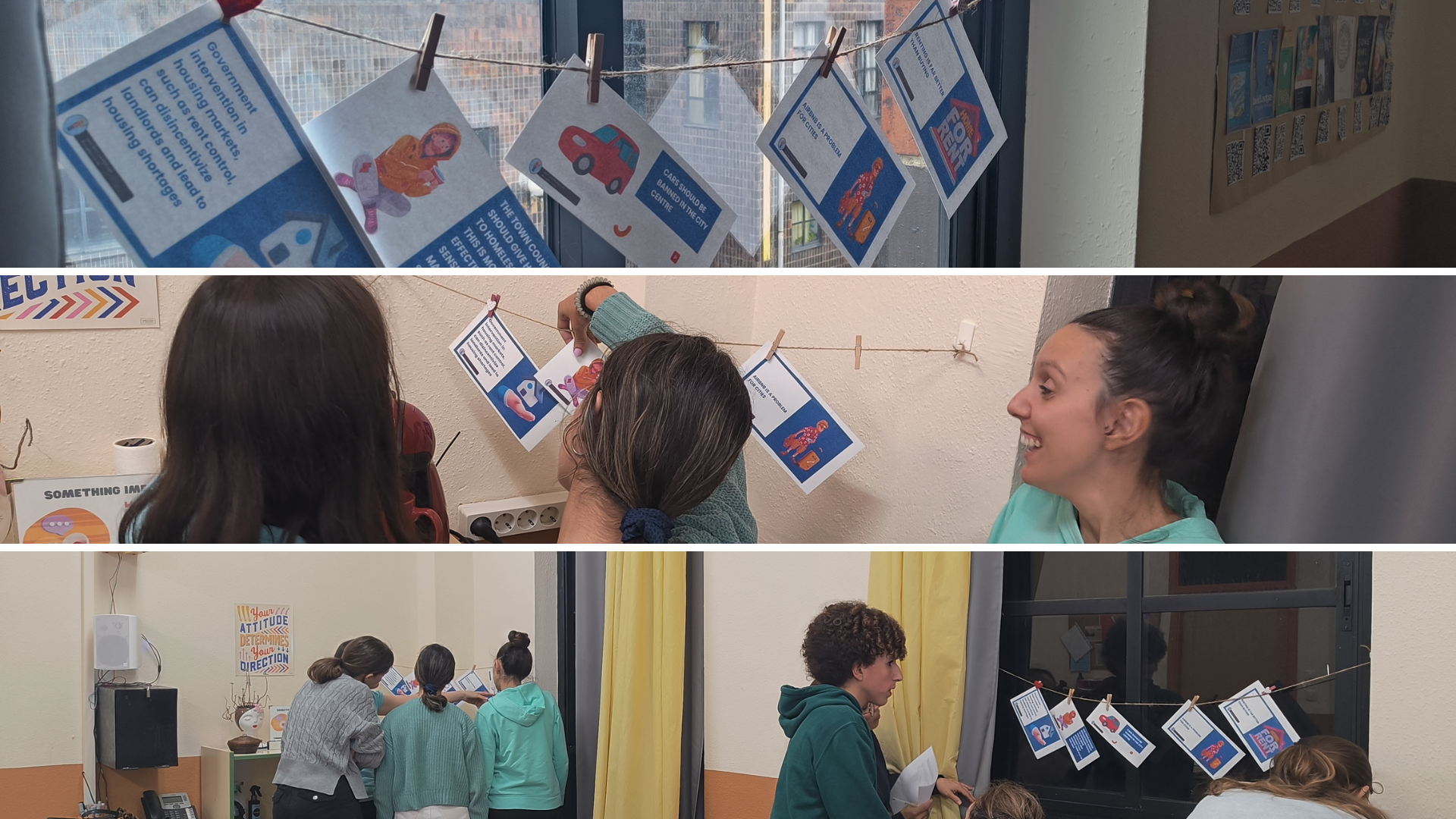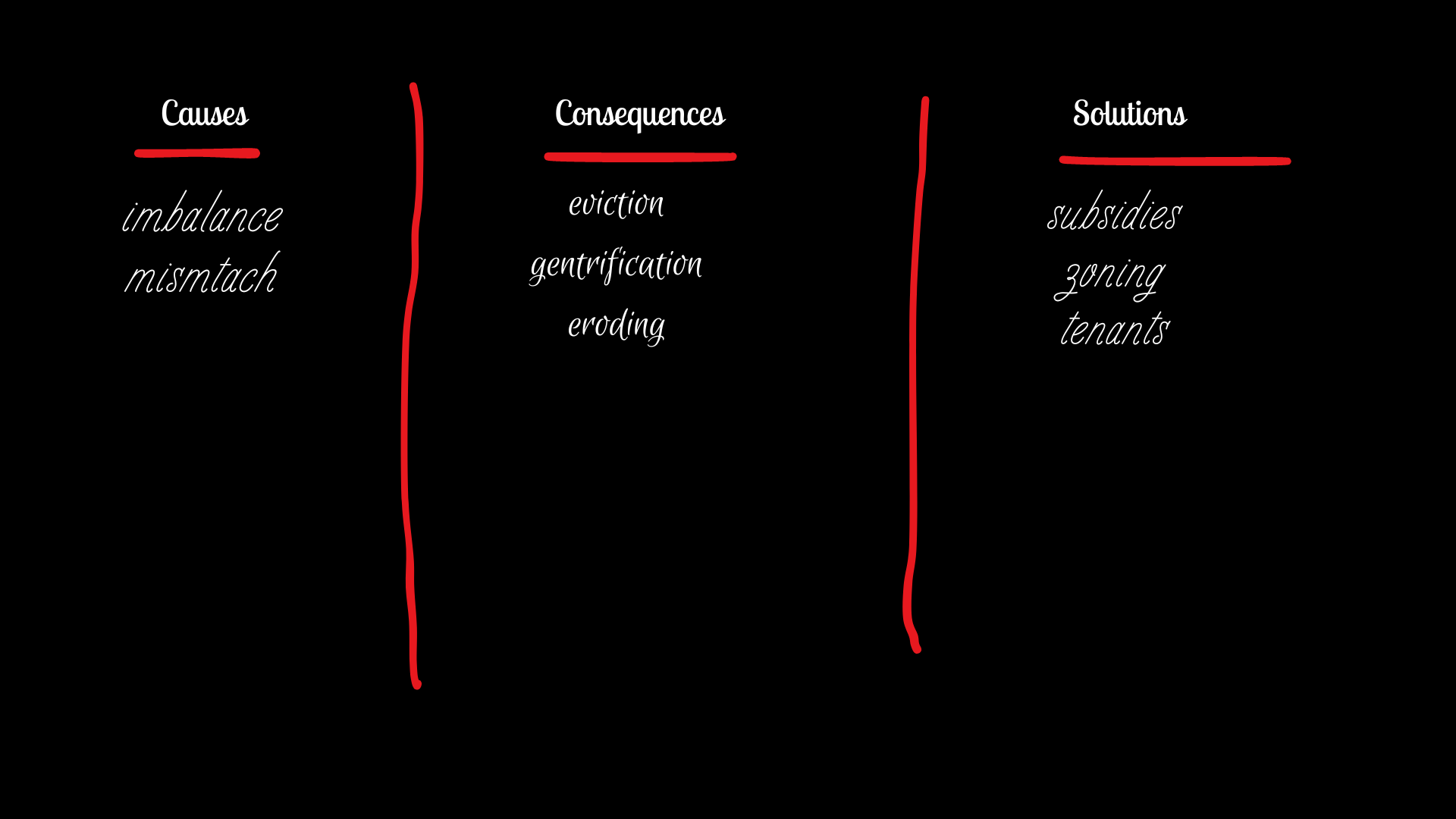I am AI-addicted. I cannot help it.
Artificial Intelligence- you can choose to embrace it or ignore it, but I assure you it is not going anywhere. It is here to stay, so I choose to love it and use it, to squeeze it and to have fun with it.

I am so into it that if I see something AI-related that seems like it can remotely be useful for my classes, I want to try it straight away. So, I had been experimenting with chatbots for a while but being a simple English teacher, all the platforms I tried were either too difficult, not free or not student friendly. And these things were essential not only for me, but also for the teachers I train. So, when I read about language chatbots in Lana Kandybovich’s blog ,ELTcation,I told myself “Let’s dive right in”. And I did.
You cannot believe how easy it is. It took me less than 30 minutes to create two chatbots, though I have to say that I had my buddy ChatGPT to lend me a helping hand in crafting the instructions.
I have used a platform called Mizou, which is
- Free for teachers
- Safe and Student-friendly as they don’t have to register, and it doesn’t share students’ data. Students can interact with text and audio.
- Shareable. The chatbot can be shared with everyone, or you can create private sessions, just for your students, for example it can be set as homework. In this case, their interactions will be graded, If you wish so, and feedback offered. The interactions will never be shared with anyone but the owner of the chatbot.
- Multipurpose. You can create a chatbot for almost anything you can think of and in ; you just need to write the right instructions and be specific about what you want your chatbot to do. You can even upload a document or your rubric so that the feedback is based on it.
- Multilingual. It supports 50 languages
-
Customizable. You can personalize its appearance to match your classroom style. You can build your chatbot from scratch or have AI assist you.
- It might not be perfect, but it certainly works for me.
So, to address one of the main problems my students have, I have created
1.Chatbot Magic: Boost Your Writing Skills,
In this tool, Cabal Scribe, the chat assistant, will help students enhance their writing. It analyses their text and provides feedback on grammar mistakes, spelling errors, and other identified issues. Its goal is to assist students in improving their writing. While it may not be as effective as a teacher, it can certainly be helpful when a teacher is not available. Feel free to click on the link to try it yourself and/or share it with your students.
https://mizou.com/preview-bot?ID=3553
2. Miss ChatAI: an English Language Practice Partner.
The aim of this chatbot is to interact with students by asking questions and providing answers on any topic they wish to discuss. The chatbot will also offer feedback on grammar and vocabulary mistakes or any other kinds of errors and suggest alternatives when necessary. Students can write sentences, questions, or paragraphs, and the chatbot will provide personalized feedback while continuing the conversation. In its initial interaction with a student, the chatbot will inquire about their English level to tailor its questions and responses appropriately. Once the conversation topic has been established, the chatbot will suggest vocabulary that is both related to the topic and appropriate for the student’s level. Feel free to click on the link to try it yourself and/or share it with your students.
https://mizou.com/preview-bot?ID=3562

